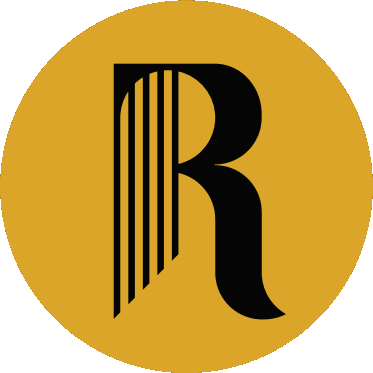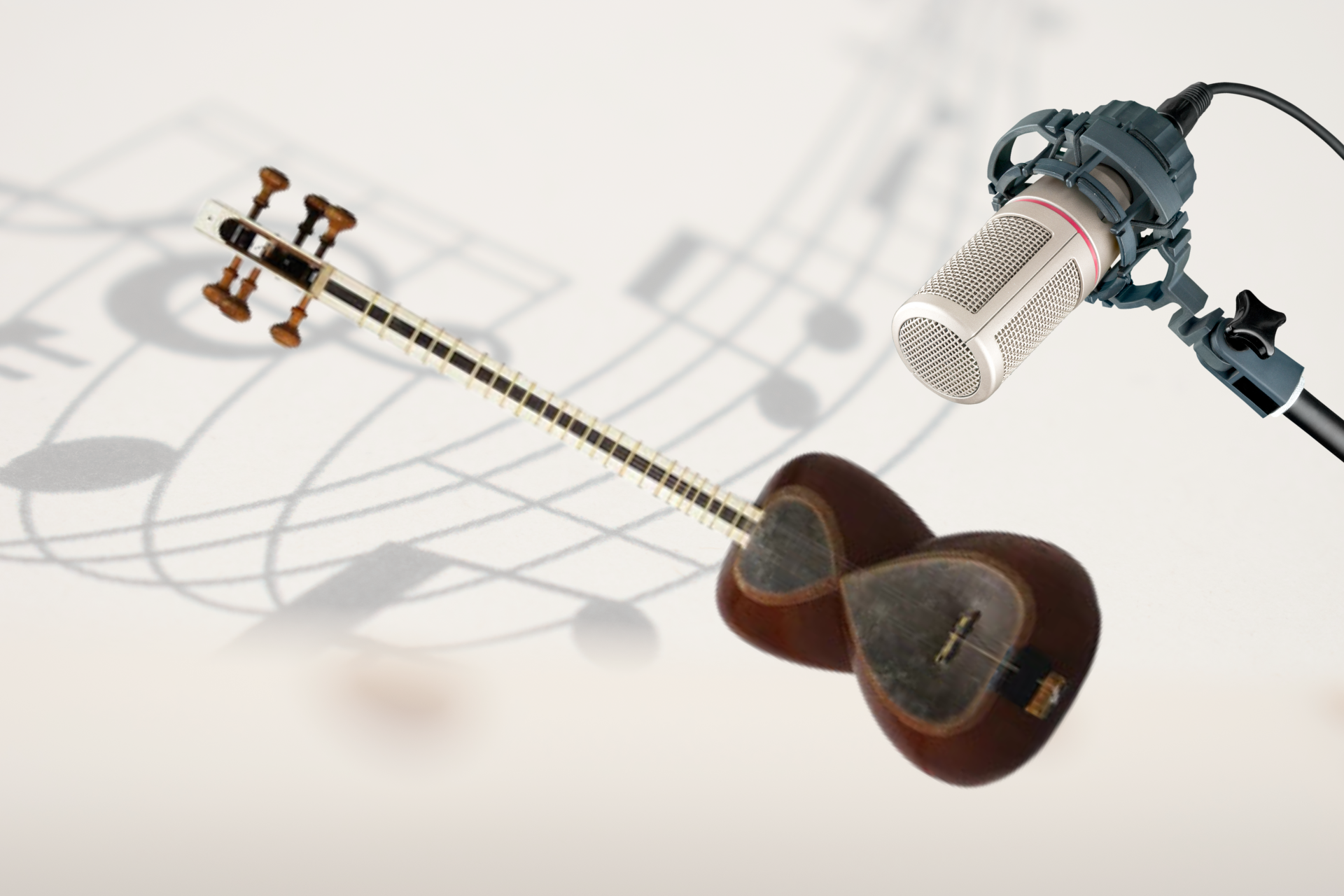General Articles
Mastering the Art of Recording the Tar
The Tar, a quintessential stringed instrument hailing from Persian and Central Asian cultures, holds a mesmerizing allure in its melodic capabilities. Capturing its rich tones and intricate nuances in a recording requires a delicate blend of technique and technology. Whether you're a seasoned musician or a budding enthusiast, mastering the art of recording the Tar can elevate your musical creations to new heights. In this guide, we'll explore techniques and technology essential for achieving optimum results in Tar recording.
Understanding the Tar
Before diving into recording techniques, it's crucial to understand the Tar's unique characteristics. The Tar typically features six strings and a long neck adorned with movable frets, allowing for a wide range of pitches and expressive possibilities. Its resonant body, often crafted from wood, produces warm, resonant tones with subtle harmonic overtones.
Setting the Stage: Room Acoustics
Creating an ideal recording environment is paramount for capturing the Tar's natural sound faithfully. Opt for a quiet, acoustically treated room with minimal background noise and reverberation. Consider using acoustic panels or blankets to minimize reflections and achieve a balanced sound.
Microphone Selection and Placement
Selecting the right microphone(s) plays a pivotal role in capturing the Tar's nuances accurately. Condenser microphones, known for their sensitivity and clarity, are popular choices for Tar recording. A stereo pair of small-diaphragm condensers, positioned in an X/Y or spaced pair configuration, can capture the instrument's stereo image effectively.
Position the microphones approximately 12-18 inches away from the Tar, angling them slightly towards the soundhole to capture the instrument's full-bodied resonance. Experiment with microphone placement to find the sweet spot that balances clarity and warmth.
Preparing for Recording
Before hitting the record button, ensure that your Tar is properly tuned and intonated. Check for any rattles or buzzing noises that may affect the recording quality and address them accordingly. Warm up by playing a few scales or passages to familiarize yourself with the instrument's sound in the recording space.
Recording Techniques
-
Close-Miking: Positioning the microphone(s) close to the Tar emphasizes its intimate details and subtle nuances. Experiment with different mic placements around the soundhole and fretboard to capture varying tonal qualities.
-
Room Miking: For a more spacious and natural sound, consider blending close-miked recordings with ambient room mics placed further away from the Tar. This technique adds depth and dimension to the recording, simulating the experience of being in the same room as the instrument.
-
Direct Injection (DI): In addition to microphone recording, capturing a DI signal directly from the Tar's pickup or preamp provides flexibility during the mixing and editing process. Blend the DI signal with the microphone recordings to achieve a balanced and polished sound.
Technology for Tar Recording
Investing in quality recording equipment can significantly enhance the fidelity of your Tar recordings. Here are some essential tools and technologies:
- Audio Interface: Choose a high-quality audio interface with sufficient inputs and preamps to accommodate multiple microphones and instruments.
- Digital Audio Workstation (DAW): Select a DAW that suits your workflow preferences and offers robust editing, mixing, and mastering capabilities. Popular options include Pro Tools, Logic Pro, and Ableton Live.
- Monitoring: Invest in studio monitors or high-fidelity headphones for accurate playback and monitoring during recording and mixing sessions.
- Signal Processing: Utilize EQ, compression, and reverb plugins to sculpt and enhance the Tar's sound during the mixing stage. Experiment with different settings to achieve the desired tonal balance and dynamics.
Explore Tar Options at Rhythm Music Shop
Ready to embark on your Tar recording journey? Visit Rhythm Music Shop, your premier destination for traditional musical instruments in Markham, Richmond Hill, North York, Scarborough, and the greater GTA. Browse our diverse selection of Tars, and accessories to equip yourself for sonic excellence.
Tar is a rewarding endeavor that requires a blend of technical skill, artistic sensibility, and quality equipment. By implementing the techniques and technology outlined in this guide, you can capture the essence of this captivating instrument with clarity and fidelity, bringing your musical visions to life.

